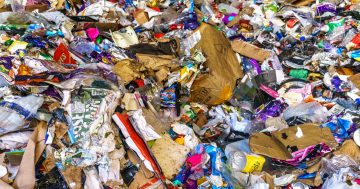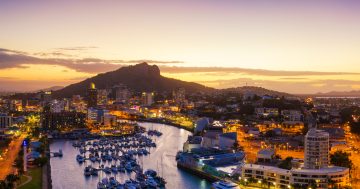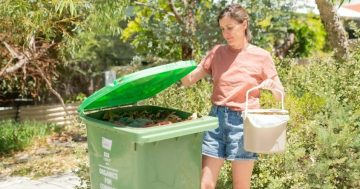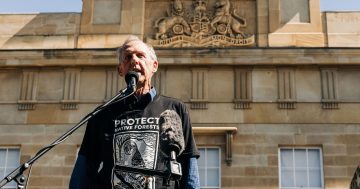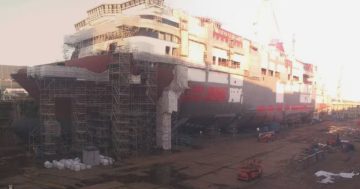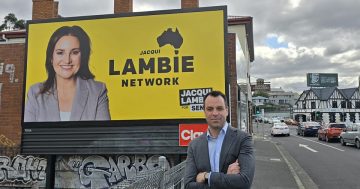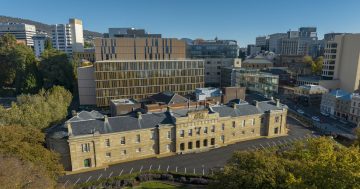
Tasmania aims to be a no-waste state by developing a circular economy where all of its waste is recovered. Photo: File.
Tasmania’s goal of being a state where nothing is wasted has received a boost with the release of the government’s first legislated waste and resource recovery strategy.
The Tasmanian Waste and Resource Recovery Strategy 2023-2026 was devised by the Waste and Resource Recovery Board and released on 15 November by Minister for Environment and Climate Change Roger Jaensch.
The strategy aims to provide Tasmanians with a better understanding of how to use, reuse, repair and resource. It will support the development and adoption of new business models, programs and partnerships, building the capacity of Tasmania to work and innovate.
Funds from a statewide landfill levy will be allocated by the Tasmanian Waste and Resource Recovery Board to fund the strategy.
Mr Jaensch said the strategy would help grow Tasmania’s circular economy – where waste is reduced and materials or products are reused and recycled.
“This strategy comes at an exciting time, when governments, industry and the community are all focused on working together to achieve a circular economy and a low-emissions future for Tasmania,” he said.
“The Tasmanian Liberal Government has invested more than $20 million in the waste and resource recovery sector in Tasmania over recent years, improving organics, plastics and tyre recycling, and progressing our single-use plastics bans and Container Refund Scheme.
“We have also put in place laws and policies that will help us make the best use of our resources and products, most significantly the Waste and Resource Recovery Act 2022,” he added. “To achieve this, we not only need a strategy, but also ongoing engagement and enthusiasm from governments, industry, and the broader community.”
Tasmanian Waste and Resource Recovery Board Chair Pam Allan said the board was working on a suite of waste management and resource recovery measures.
“The strategy provides a framework to inform the board’s investments in programs and infrastructure to help realise the vision that Tasmania is a place where nothing is wasted,” she said.
“It is my hope that this strategy will now help to establish the critical programs and partnerships that we will need in the coming years as we work towards an economy where the real value of products and materials are realised.”
The Waste and Resource Recovery Board is also currently developing an Investment Framework that will further identify how levy funds are spent and leveraged to achieve the best outcomes. The Board and the Department of Natural Resources and Environment will also develop partnerships with other government agencies, local government, and key stakeholders to roll out a range of related programs.
The strategy is divided into four pillars: Integrated Planning and Action, Strategic Investment, Prioritise Circularity, and Engagement and Partnerships. It can be found online here.


